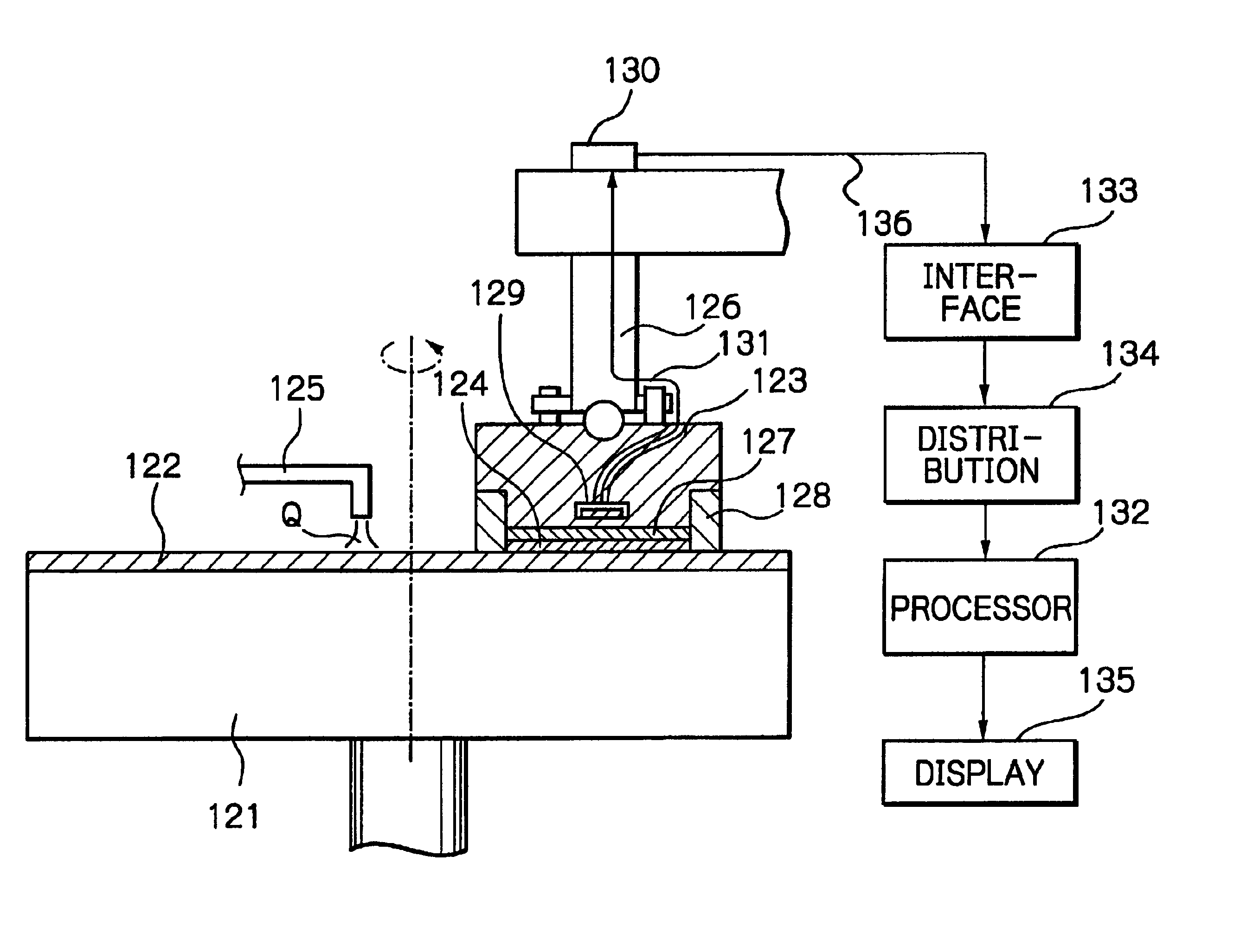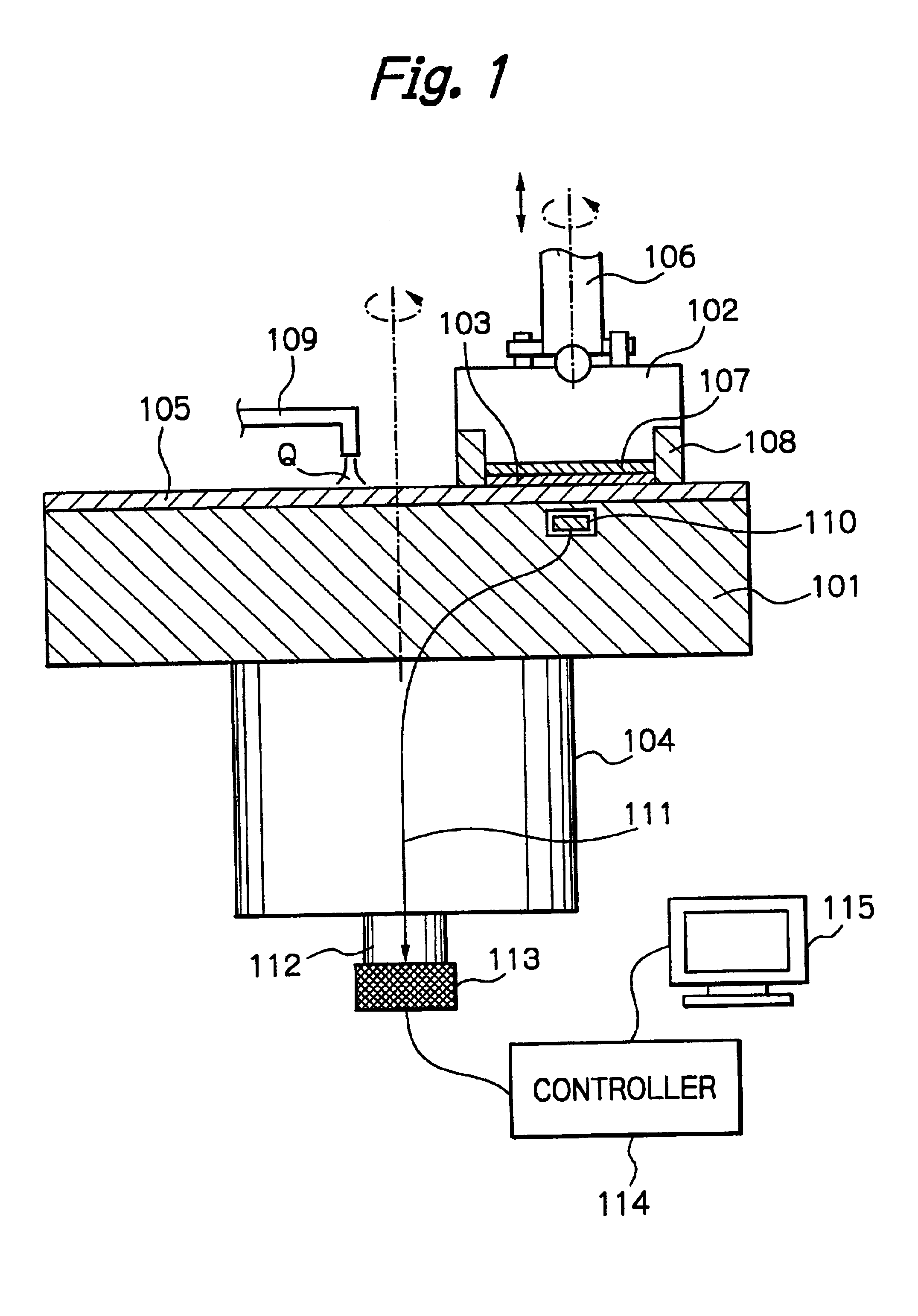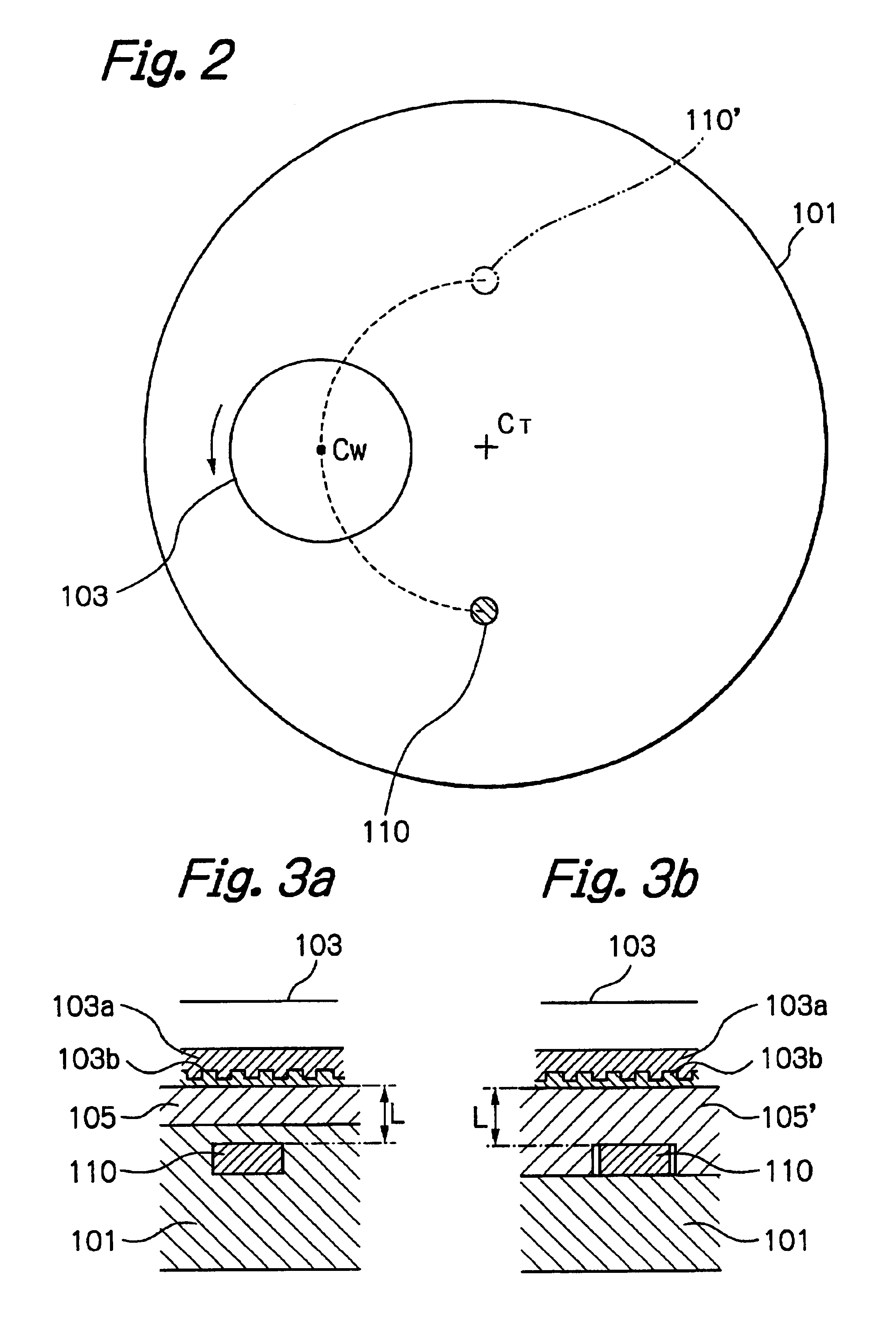Frequency measuring device, polishing device using the same and eddy current sensor
a technology of eddy current sensor and measuring device, which is applied in the direction of semiconductor/solid-state device testing/measurement, lapping machine, instruments, etc., can solve the problems of abandoning the entire semiconductor substrate, increasing manufacturing costs, and producing semiconductor wafers that cannot be used, etc., and achieves short time intervals and high precision.
- Summary
- Abstract
- Description
- Claims
- Application Information
AI Technical Summary
Benefits of technology
Problems solved by technology
Method used
Image
Examples
Embodiment Construction
[0093]Now, a description will be given of preferred embodiments of a frequency measuring device using a sequential counting system, according to the present invention as described herein. First, referring to FIG. 7, a frequency measuring device FC includes i decimal counters 1, 2, 3, 4, . . . i, in which i is an integer of 2 or more. The input terminals of these decimal counters 1-i are connected to the output terminals of respective corresponding gate circuits G1-Gi, and also the outputs of the decimal counters 1-i are connected to the input terminal of a latch circuit 11 in parallel. The latch circuit 11 supplies a value latched by the latch circuit 11 to a desired processing circuit through an I / O port 12 at given intervals.
[0094]A measured signal Vin having a pulse waveform is supplied to an input terminal IN of an amplifier A, and the measured signal Vin amplified by the amplifier A is supplied to one input terminal of each of the gate circuits G1-Gi in parallel. The other inpu...
PUM
| Property | Measurement | Unit |
|---|---|---|
| resonance frequency | aaaaa | aaaaa |
| resonance frequency | aaaaa | aaaaa |
| oscillating frequency | aaaaa | aaaaa |
Abstract
Description
Claims
Application Information
 Login to View More
Login to View More - R&D
- Intellectual Property
- Life Sciences
- Materials
- Tech Scout
- Unparalleled Data Quality
- Higher Quality Content
- 60% Fewer Hallucinations
Browse by: Latest US Patents, China's latest patents, Technical Efficacy Thesaurus, Application Domain, Technology Topic, Popular Technical Reports.
© 2025 PatSnap. All rights reserved.Legal|Privacy policy|Modern Slavery Act Transparency Statement|Sitemap|About US| Contact US: help@patsnap.com



